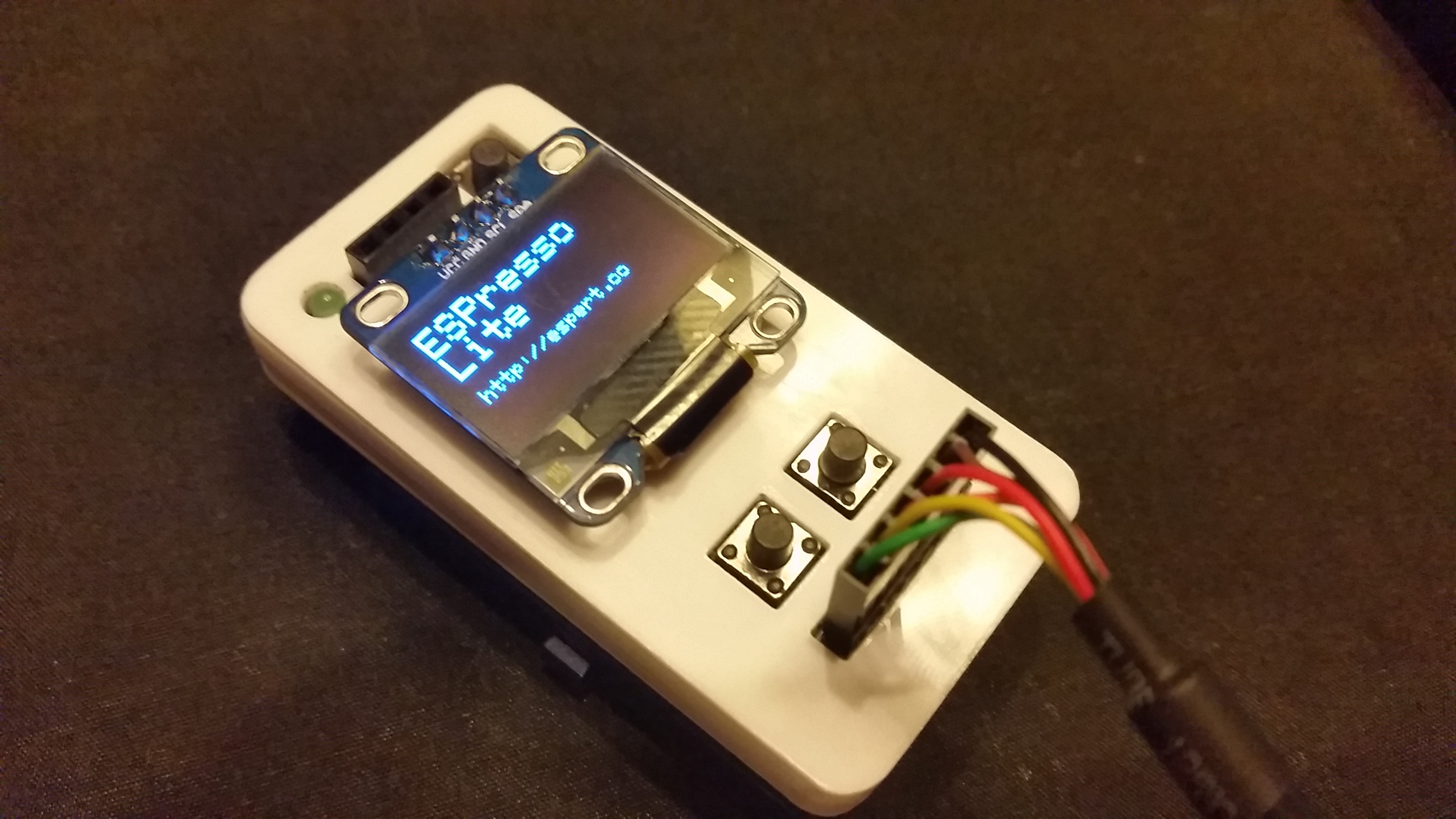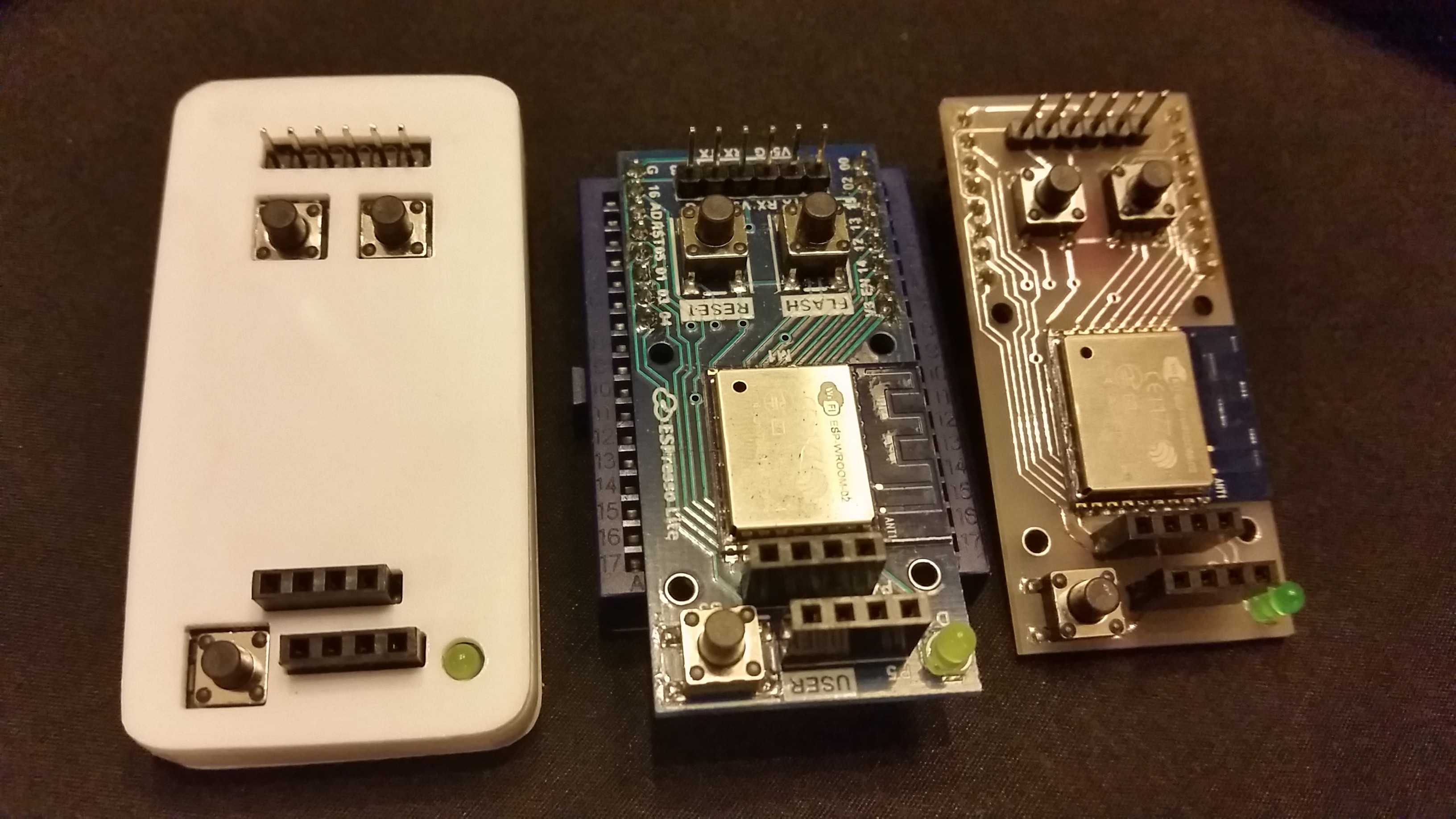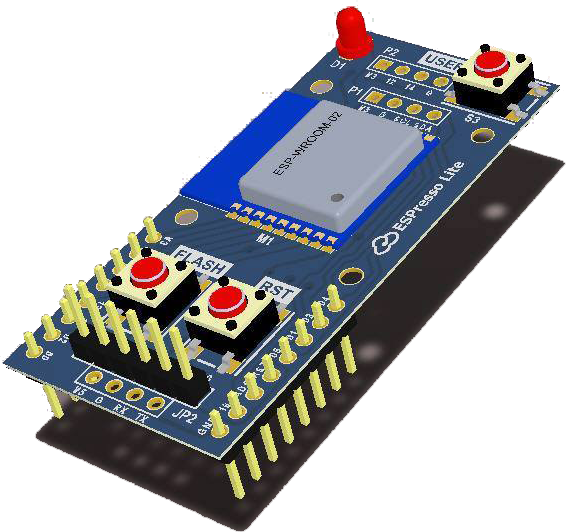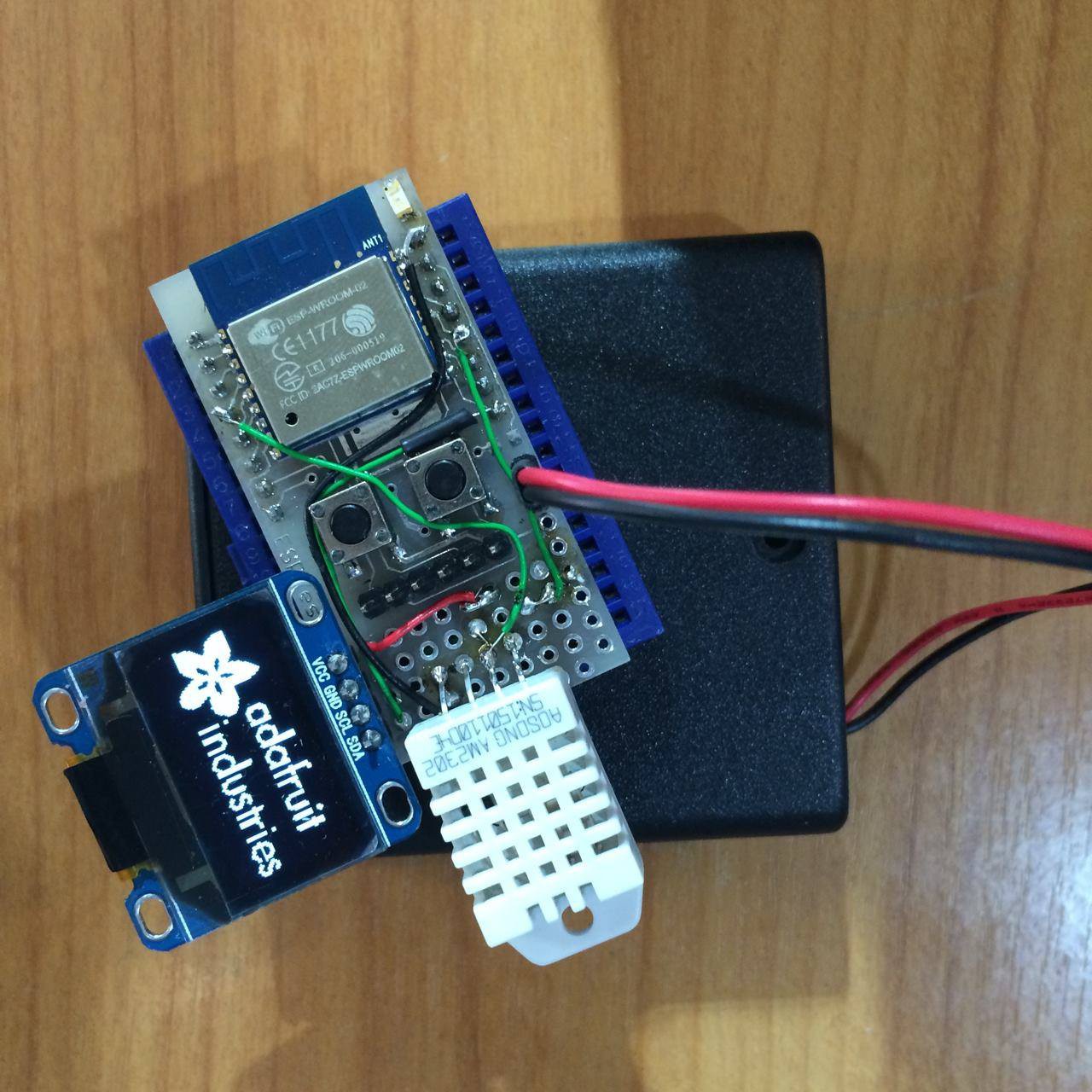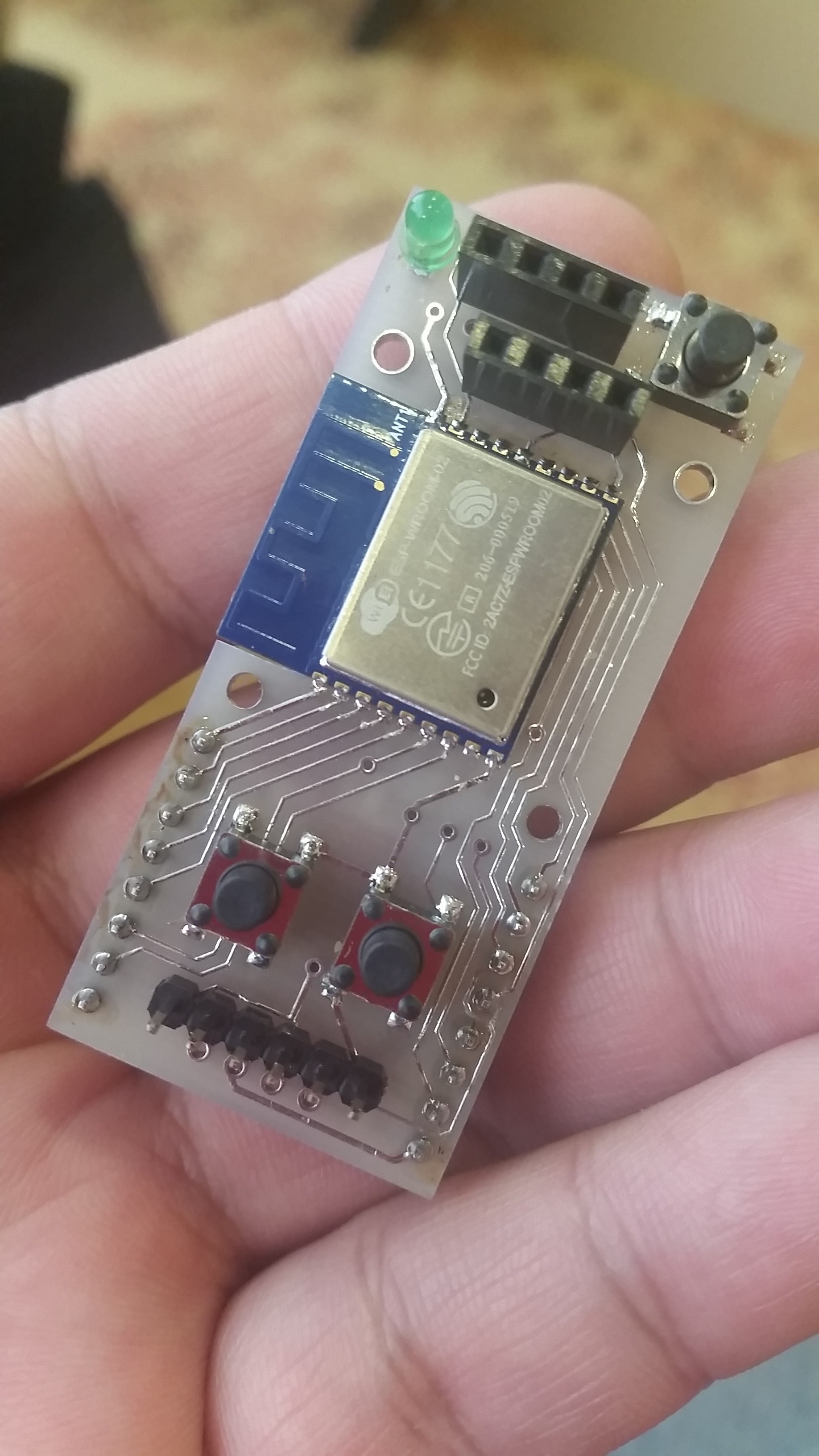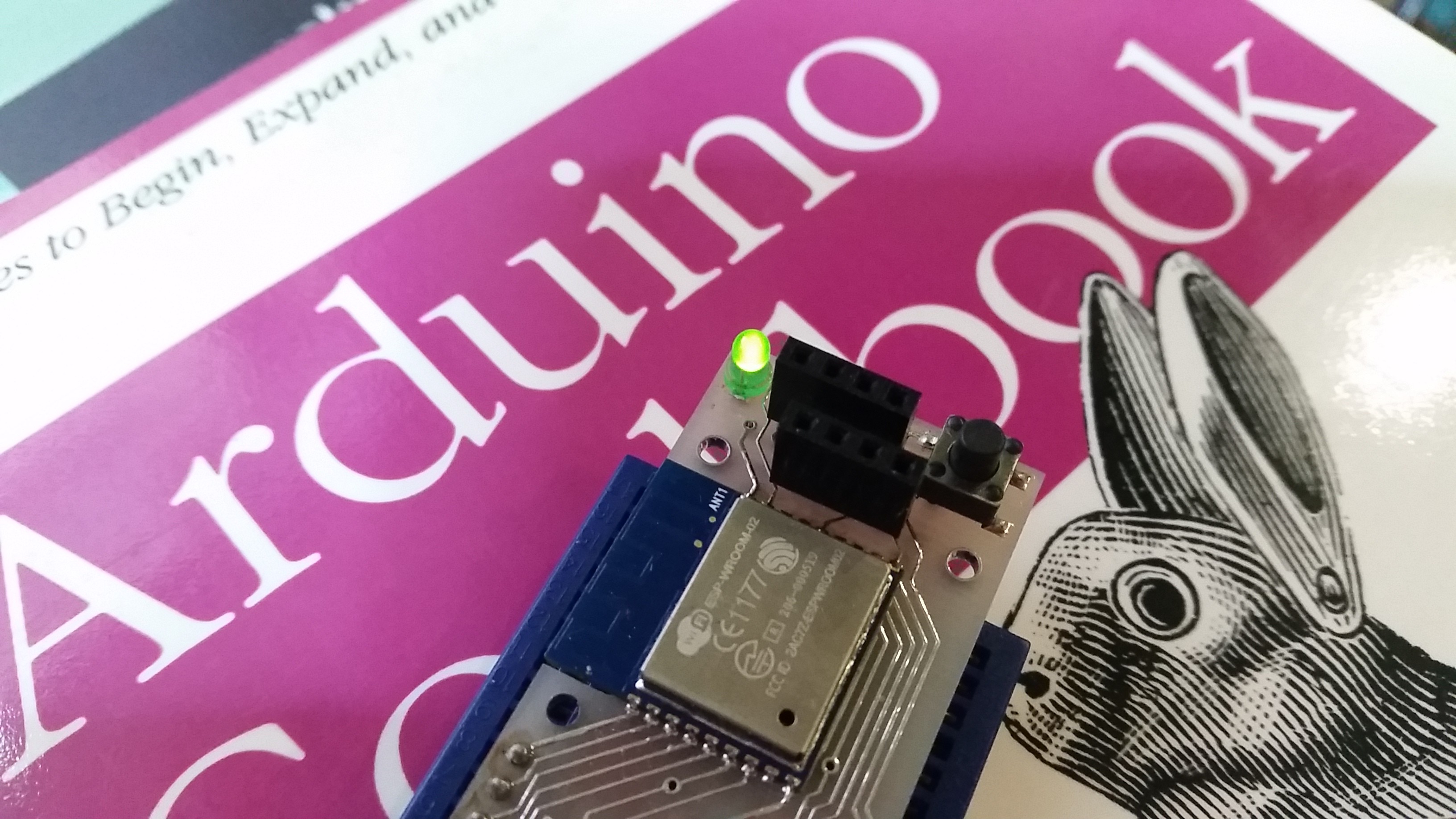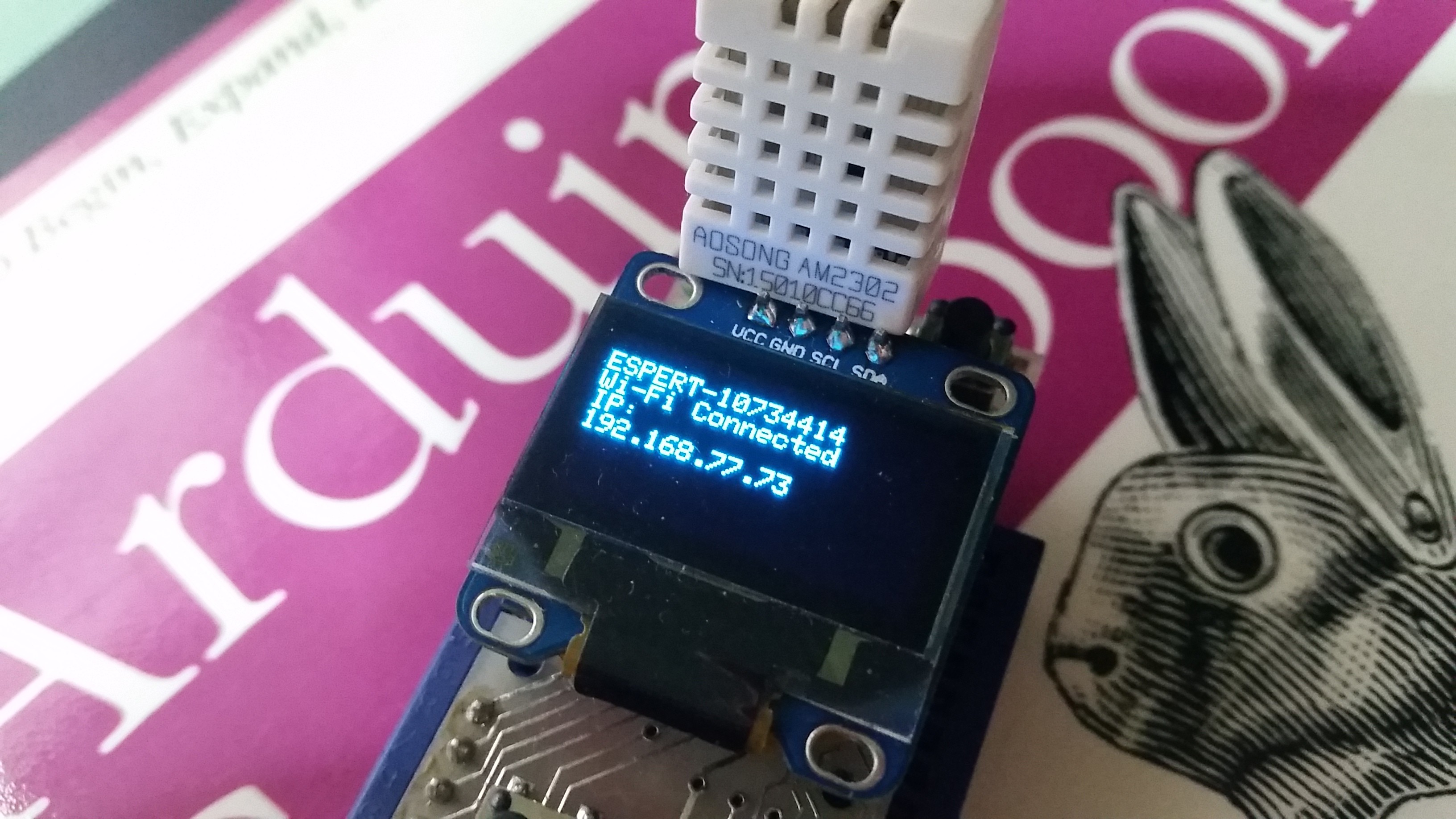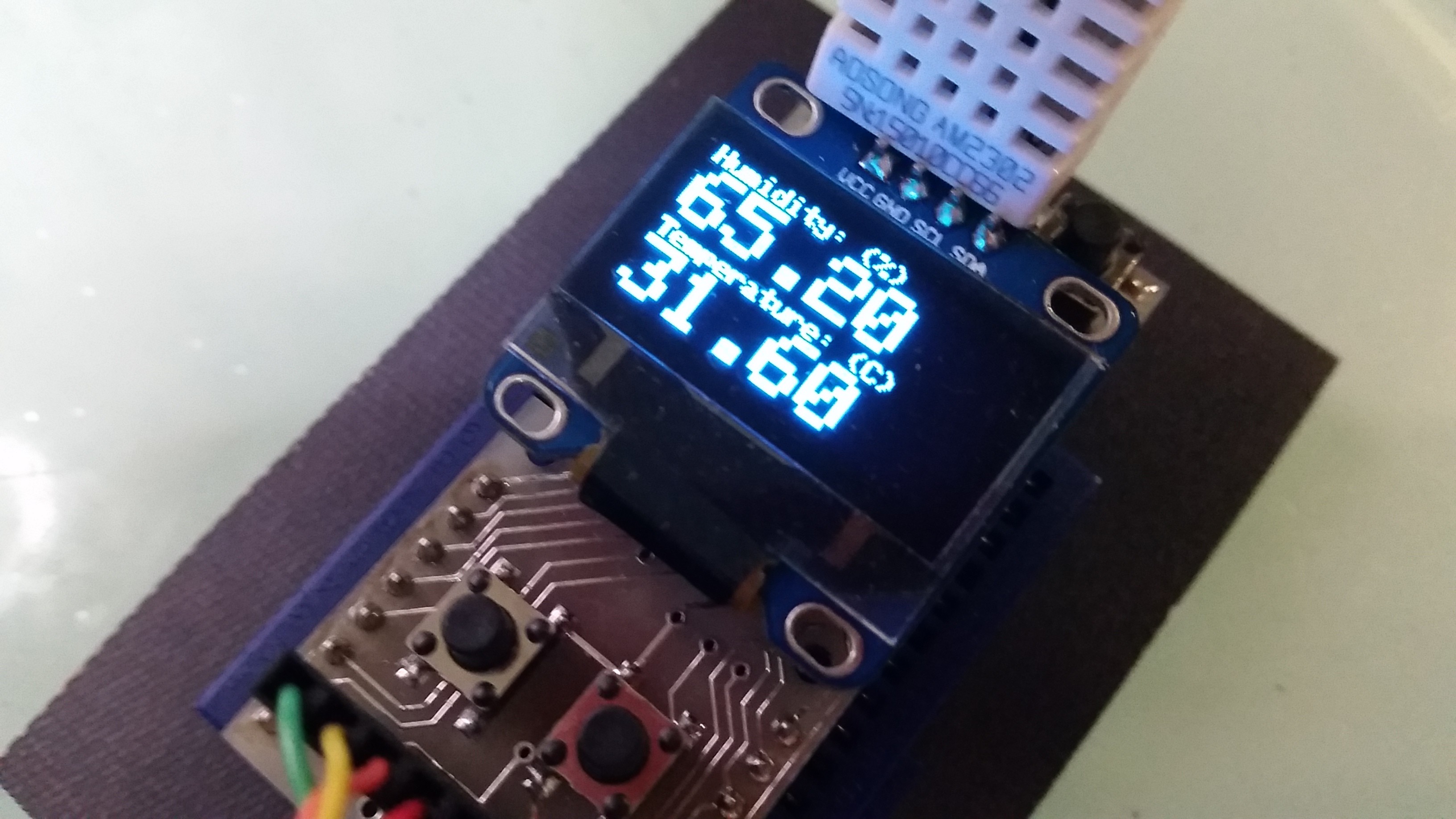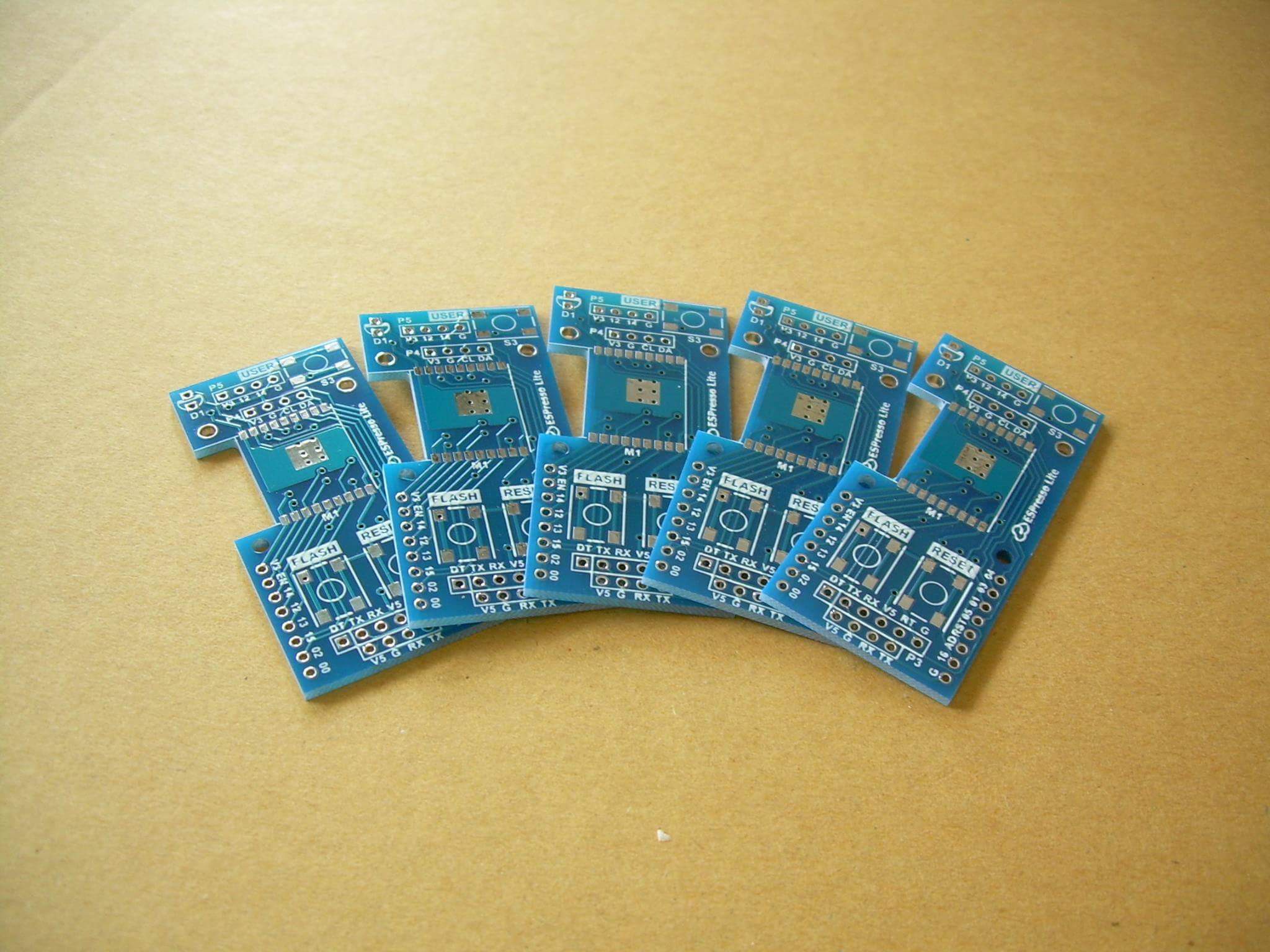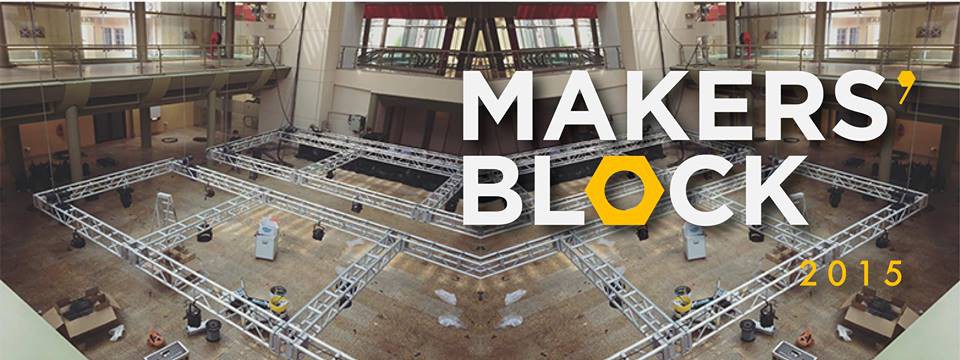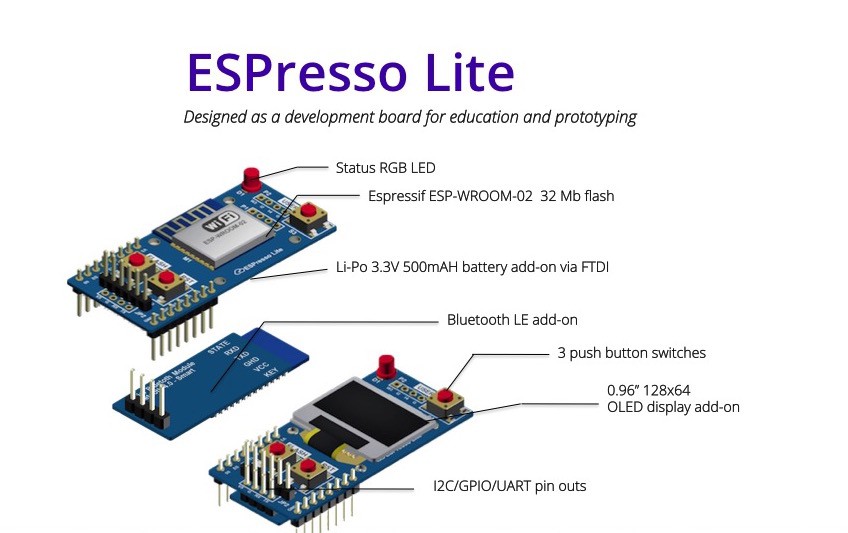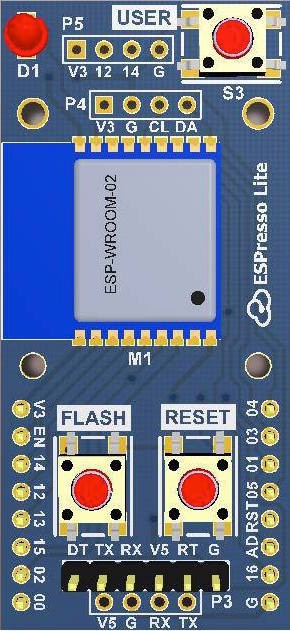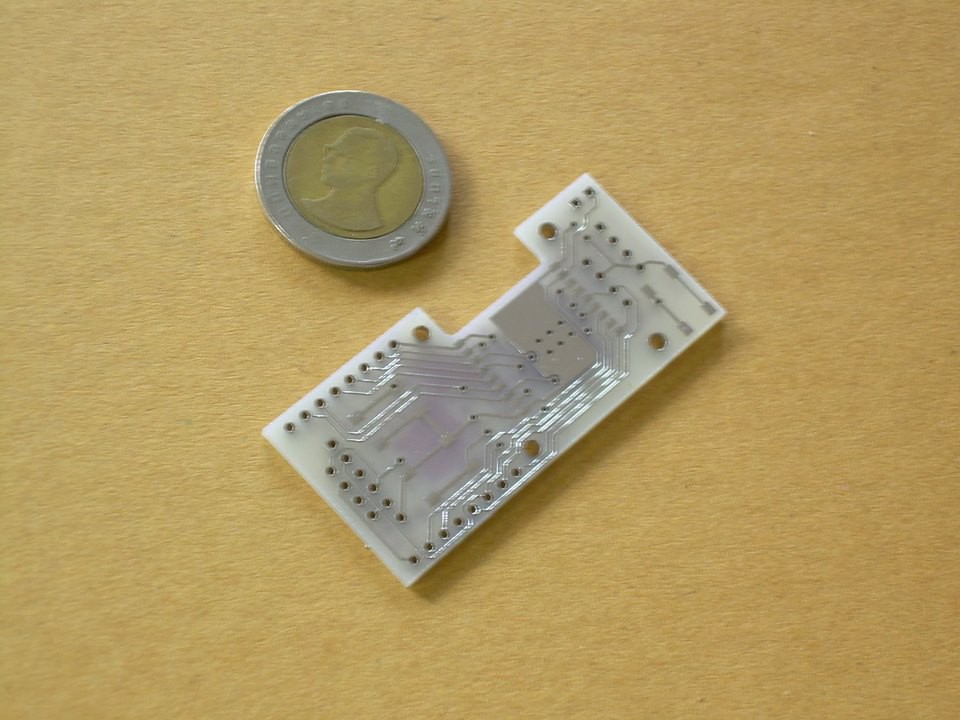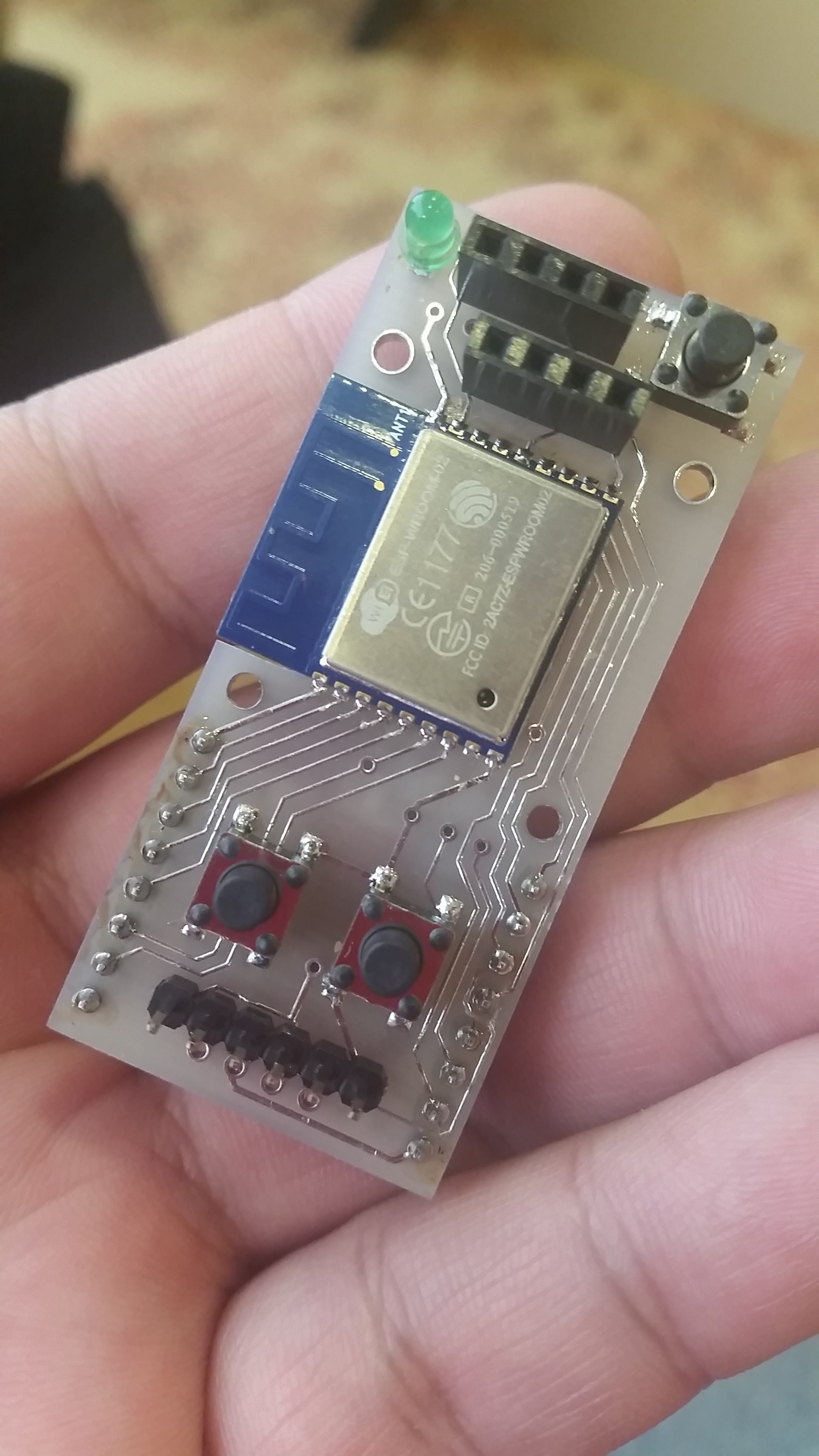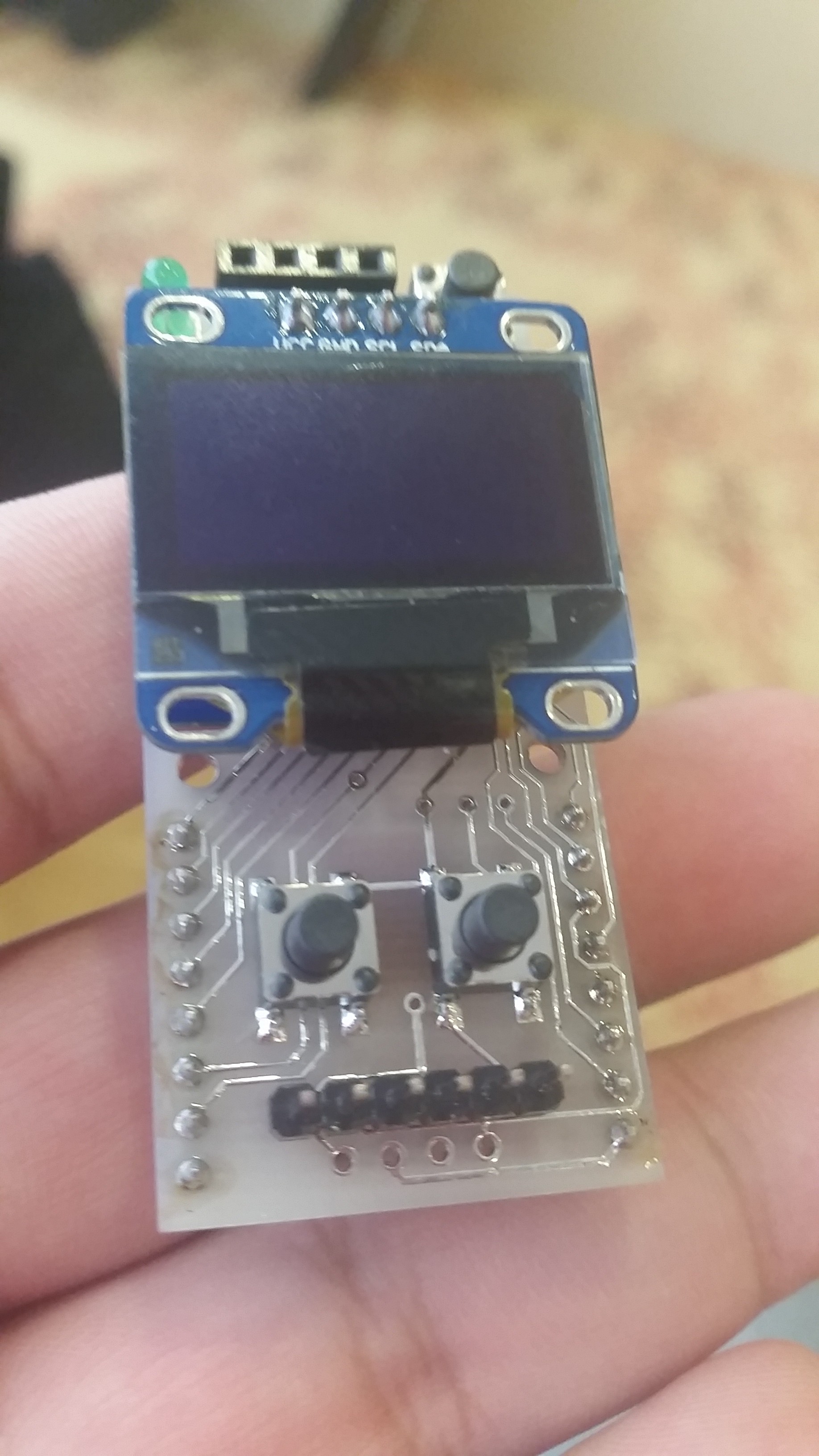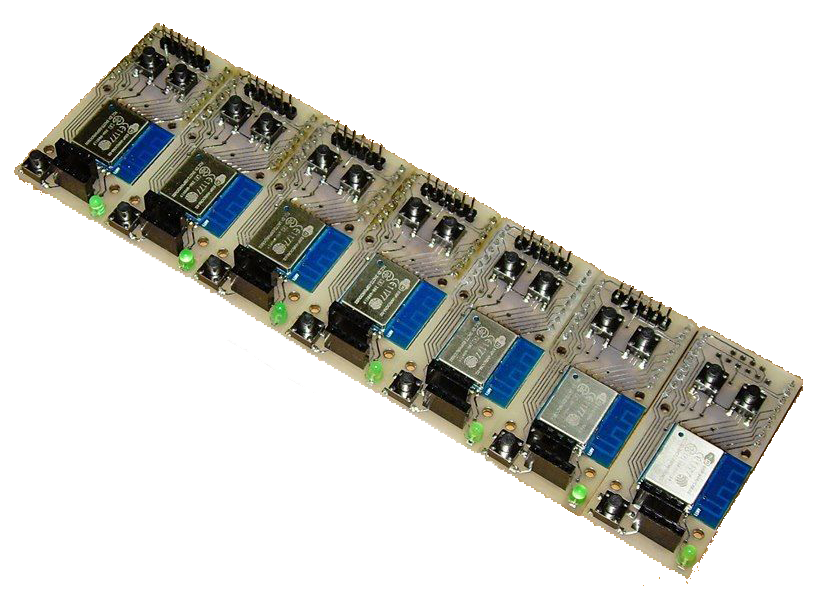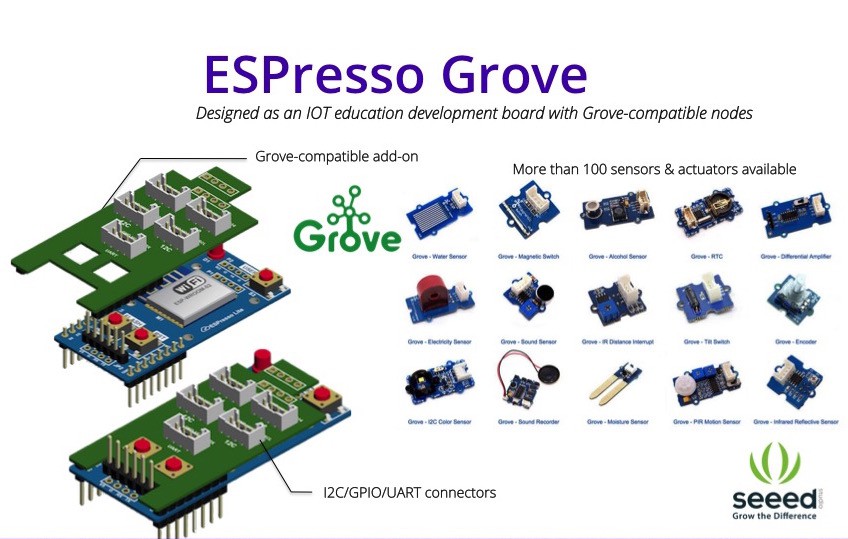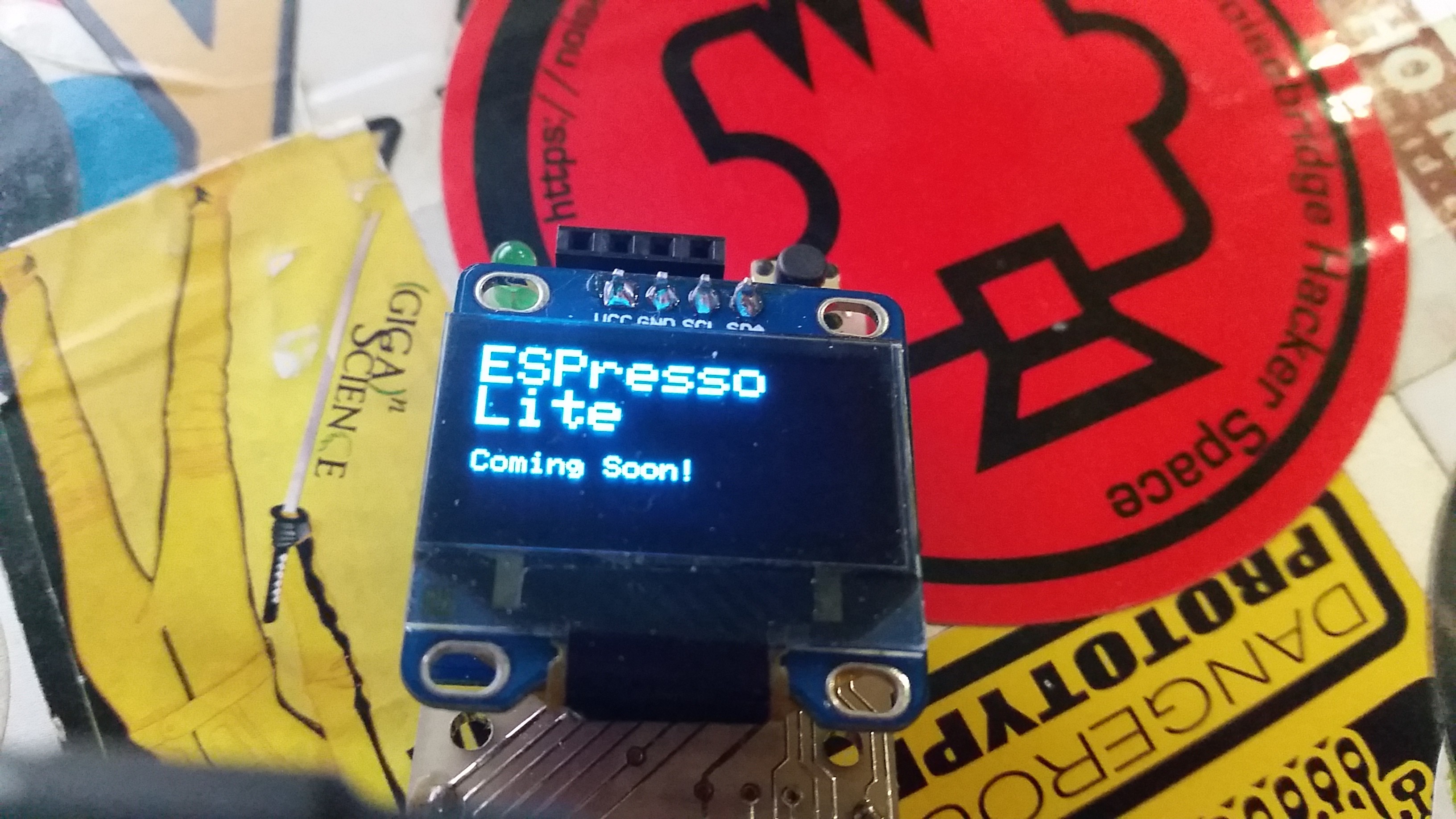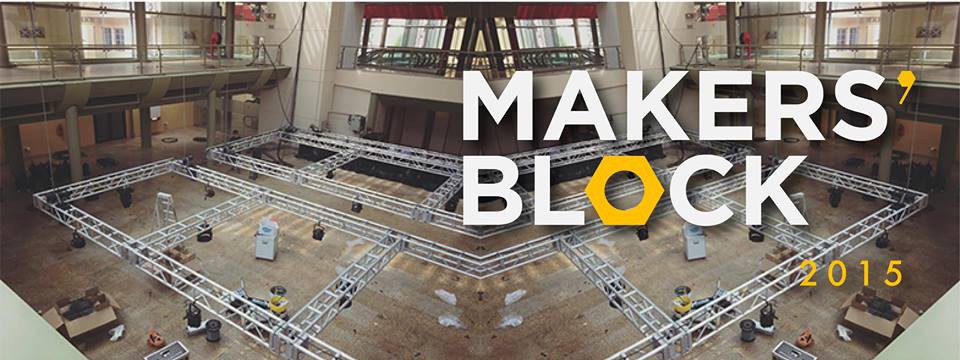-
Limited edition, unlimited possibilities
11/09/2015 at 16:38 • 0 comments![]()
We were happy to receive our first production batch of 200 units of ESPresso Lite last week and could not wait to put this in to the hands of our first few users who are keen to try it out. Some have asked if we can provide free samples for beta testing. As much as we would love to give it away, our limited budget does not allow us that luxury. We need to cover the costs of materials and labour in producing this board. After much consideration we agree that we arrange some form of incentive where any users who can pay for the first batch of ESPresso Lite will get a FREE unit of the next version (ESPresso Lite ver. 2) if they can help to contribute a review article, blog post, tutorials or even show example of use cases. I hope this is an ideal compromise for all.
![]()
The ESPresso Lite board will be packed together with headers which the users will need to solder them to the breakout board. FTDI cable is not included but you can easily get a FTDI Serial TTL-232 USB cable from the local vendors such as 12 Geeks , Robot-R-Us or 3E Gadgets.
![]()
As a design feature, the ESPresso Lite has direct I2C onboard headers that allow the OLED display module to be stacked on top easily.
![]()
We are in the midst of developing the Espert mobile app but beta testers can try downloading it at http://thaigw.com/espert. More features are currently being added and should be ready in another month.
Currently the Espert app allows beta testers to set up Wi-Fi connections for (one to multiple units of) ESPresso Lite(s) using the Smart Config feature. The user simply connects its mobile device to an existing Wi-Fi by keying in the SSID and password. At the same time, the board needs to be in Smart Config mode. This is done by holding the USER button switch for a while, cycling through different modes of setting up of Wi-Fi. Once the Smart Config feature is activated, Wi-Fi connection will be set up simultaneously for any ESPresso Lite boards that are in Smart Config mode.![]()
![]()
Another way to set up the Wi-Fi connection for the ESPresso Lite boards is to set up the Lite unit as a Wi-Fi AP (access point) and connect our browsers to the IP address displayed in the OLED module.
![]()
We are currently editing the revised ESPresso Lite Tutorial for our beta tester and expect the latest draft by next week. It is hoped that this will help our beta testers to use the library of examples, customising it for their own clients.
![]()
-
Making the first 'shot'
11/03/2015 at 14:31 • 0 commentsFor the past four weeks, the Espert team has been working hard, day and night, to bring the ESPresso Lite project to life (and to the market).
As a low-cost, no-frills, Arduino-compatible Wi-Fi development board, the ESPresso Lite is designed to allow anyone to get started on building their very own Internet-of-Things (IoT) projects. The ESPresso Lite core hardware is a 32-bit 80 Mhz FCC/CE-certified ESP-WROOM-02 module (made by Espressif Systems). Our team added a few additional components to make it easy for makers to stack other peripherals such as generic OLED display, sensors & actuator modules.
Our first few units went for production and QC testing last week. We went ahead to produce a small lot of 200 units specifically for early beta testers to build and develop their projects and at the same time, provide us with timely feedback and comments so that we can improve on it.![]()
![]()
Weighing at 9.18g (with headers attached), this light-weight Wi-Fi development board packs a punch for those wanting more pin outs and ease-of-use compared to other existing boards in the market.
We have also started working on and testing our Grove-adaptor board. Some modifications to the original design are made and the results so far have been positive. In the week or two, we will produce a few more factory-produced units for QC testing before moving into full production.
![]()
![]()
The team is also experimenting with different enclosures/casings for the ESPresso Lite. From 3D printing to using custom-made plastic casing to laser cutting acrylic sheets, we experimented with the different orientation of the button switches, FTDI connection and packing the board and its peripherals neatly and tightly.![]()
![]()
![]() The use of laser-cut acrylic sheets allow us to extend the range of colours we can have on the casing as well as to provide a low-cost alternative where makers can make their own. The pins while looking aesthetically unsightly can be easily removed should the ESPresso Lite is used as a production board for specific solutioning purposes. We will leave it to makers as to how best they utilize and maximize its functions.
The use of laser-cut acrylic sheets allow us to extend the range of colours we can have on the casing as well as to provide a low-cost alternative where makers can make their own. The pins while looking aesthetically unsightly can be easily removed should the ESPresso Lite is used as a production board for specific solutioning purposes. We will leave it to makers as to how best they utilize and maximize its functions.![]()
The monthly long journey so far has been fulfilling to be able to see this project progressing at various stages from its earliest hand-made prototype to first few QC units from the factory to exploring the use cases for our little ESPresso hardware. Next, we are working to finish building our mobile app and cloud service in time for the unveiling at the opening of the Makers' Block festival this weekend
We are offering the ESPresso Lite at USD9.95 to our beta testers to review and build their next weekend project. As a show of appreciation, any beta testers that contribute their review, tutorials or projects will be given the ESPresso Lite ver 2 FREE when it is launched next quarter. Overseas beta testers (outside Singapore) can pre-order the ESPresso Lite at http://www.espert.co now.![]()
We are also in the process of reaching out to as many people as possible who are interested to start making their own IoT projects especially in hacker & makerspaces. We will be happy to offer makerspaces bulk discounts and planning a series of workshops and IoT camps in the region for our 'ESPerts'. If you know of anyone what we should get in touch with, please contact us at hello@espert.co
-
Brewing the Espresso Lite
10/25/2015 at 18:39 • 0 commentsAs introduced in last week's update, I will use this opportunity to share with you the insider perspective of developing our very own Internet-of-Things (IoT) hardware for the maker community-at-large.
Just a brief background about the ESPresso Lite. Designed as a low-cost, no-frills, Arduino-compatible Wi-Fi development board, the ESPresso Lite is the first commercial IoT hardware product by our company, Espert Technologies. Made up of hackers, designers, engineers, dreamers and educators located in two cities (Singapore and Chiang Mai), Espert Technologies wants to help local businesses create viable IoT products, services and solutions as quickly as possible through our integrated cloud, mobile app & hardware infrastructure.We are currently in the midst of checking and updating our Arduino libraries and sample codes that allow users to do anything from the 'Hello World' blinking LED examples to connecting to the Internet via Wi-Fi hotspots.
![]()
Like brewing the perfect shot of the aromatic name-sake, our ESPresso Lite team also undergoes a high pressure to extract the best creative juices out of us to make a better development board for our ESP8266 enthusiasts. It took less than two weeks creating the actual prototype from the drawing board to the circuit board. That is of course after discarding 14 earlier drafts.
![]()
For example in one of the earlier iteration, the board did not include specially-arranged pads for sensors or actuators. Anyone wanting to mount an SSD1306 OLED display will have to deal with awkward positioning and jumper wires running over it. It was a messy affair to make it work. Based on this 'failed' design, the next few iterations tries to provide headers to allow sensors like the DHT-22 digital temperature & humidity sensor be accommodate easily simply be putting in directly. Same goes with the OLED display too. That would mean having to sacrifice the alignment of the antennae attached to the WROOM-02 module - making it less ideal since it is susceptible to greater interference from the components on its sides.
![]()
Nevertheless, once we have finalised our design, we proceed to 'brew' the circuit board in-house. First, we checked that the hand-soldered alpha version of the boards are working accordingly. Ideally, the female headers should be shorter so that the OLED display module can rest supported by the WROOM module. Nevertheless, we are happy with the design as we intentionally incorporate direct-to-board I2C and UART connection for generic modules such as the OLED display or sensors. This allow some level of prototyping work can be done on the board itself instead of having to use the breadboard.
![]()
From the pinout diagram, we can see that effectively we have 11 GPIO pinouts with pin 1 & 3 taken for Tx & Rx; pin 16 for waking up the ESP8266 & sharing with the LED; 4 & 5 for I2C communication. We specifically designed the pinout in groups e.g. P3 for Bluetooth LE connection, P4 for OLED display and P5 for chaining a series of sensors.
![]()
![]()
Unlike other ESP8266 breakout boards currently available in the market (e.g. Adafruit Huzzah or NodeMCU), the ESPresso Lite is pre-loaded with the Arduino core for ESP8266. Like writing and uploading codes for the Arduino series of hardware, we can use the ESPresso Lite to run the common (and basic) Arduino sketches such as blinking the LED as well sending useful sensor data when it is connected to the Internet via Wi-Fi hotspots.
![]()
![]()
The OLED display can be directly mounted to the ESPresso Lite board to show real-time sensor reading (temperature & humidity info from DHT22 sensor) or take another step to publish the data to an external MQTT broker
Now that our alpha versions are working well, we will proceed to make a small-batch of 200 units for beta-testing in the next few days. It will be an intense period where we will juggle between sourcing for our parts and also writing the tutorials and putting together a learning curriculum. We hope to be able to showcase it at the Makers' Block happening from 7-29 November 2015.![]()
As indicated in our earlier update, we are in the process of reaching out to as many people as possible who are interested to start making their own IoT projects but got intimidated with the obfuscating technicalities in the existing boards out there. We believe that everyone can and should have the opportunity to understand the embedded systems inside the ever-increasing 'smart' products.
Hacker and makerspaces will be our first stop once our board is ready to ship. They can be the new learning centre for IoT where makers can build cool projects with the ESPresso Lite. We are putting together a roadshow within the Southeast Asia region from December to January to introduce the ESPresso line of products including the roadmap of the company. -
Idea to early prototype
10/19/2015 at 12:59 • 0 commentsI am going to take this opportunity to share with you the processes behind-the-scene that is taking place, leading up to the release of our first product in November 2015. Our team is working hard to ensure that the product is well-tested before we proceed to produce the units in small-batches.
The ESP8266 chipset took the market by storm when it was first introduce in late 2014 as the US$5 Wi-Fi chip. Since then there have been dozens of ESP8266 embedded hardware devices including modules, development board and to a certain extent, consumer products.![]()
The idea of starting on this project was mooted right after my colleague, Jimmy and I visited Espressif Systems in July to formalize a tie-up to build a formal community support for makers who are keen to explore the Internet-of-Things (IoT) space.
We realised that in order for us to better support makers to turn their ideas into tangible hardware products, we ourselves must also go through the process of building our own line of hardware.
Thus, ESPert Technologies was born out of the need to create a series of upstream, catalyst hardware and preferably consumer-grade off-the-shelf product that will allow makers and developers to rapidly develop hardware and solutions to their customers.![]()
Over the past few weeks, we spent time dreaming up ideas and making countless revisions to the initial designs that eventually led to the final concept that we intend to present to makers in our community. The ESPresso Lite will be the first product line to go out as we want to offer something for the education and prototyping community especially those in the hacker & makerspaces.
![Early version of the Lite board]()
This no-frills, Arduino-compatible Wi-Fi development board will incorporate direct-to-board connection for generic OLED display module, Bluetooth LE and Grove-compatible adaptor board. We understand that there are already many different ESP8266 development boards out in the market. Yet we believe that our development board can differentiate itself by having custom features such as Espresso Lite with built-in OLED, Espresso Lite with built-in Bluetooth LE (BLE) or even Espresso Grove (with Grove-compatible connectors).
![]()
Even the ease of mounting generic OLED display on the generic ESPresso Lite will make a big difference in improving the current development experience that learners of IoT is facing. The BLE feature can also be used as an additional communication channel to upload programs into the ESP board wirelessly.
![]()
Currently we are testing the alpha versions to ensure that all the pin outs are working properly. We will be producing a limited quantity of 200 units of ESPresso Lite (beta versions) for user testing and getting your feedback before we proceed to produce it en mass. If you like to be kept in the loop or would like to invite us to visit your city, please let us know over here.
![]()
We have put in the orders for a few items to be used to prototype the Espresso Grove boards. In the coming months, we will be collaborating with Seeedstudio to produce ESP8266 boards with Grove nodes so that users can tap on the hundreds of sensors and actuators available in the Grove system.
At the same time we are looking for potential clients and investors that could come in the help to make this product viable out in the market. We will planning a series of roadshows, visiting hacker & makerspaces in the region to promote our project.We are on track to showcase the ESPresso Lite at the upcoming Makers' Block 2015 to be held from 7-29 November 2015 at the Pavillion@Far East Square.
The ESPresso Lite
A no-frills Arduino-compatible ESP8266 Wi-Fi development board for users in the education and makerspace domains
 Espert
Espert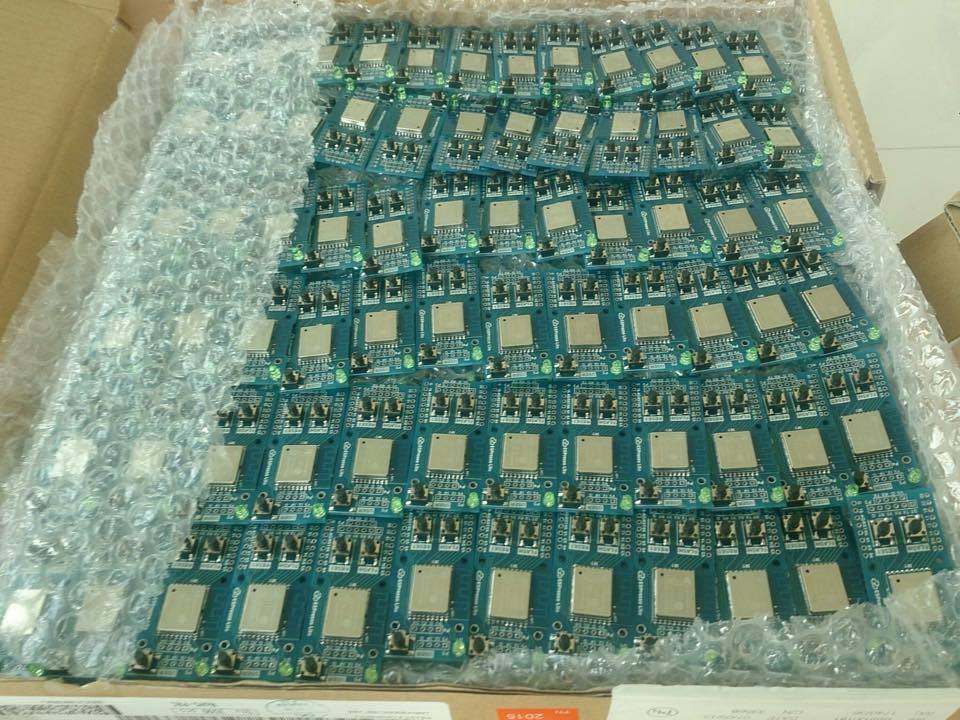
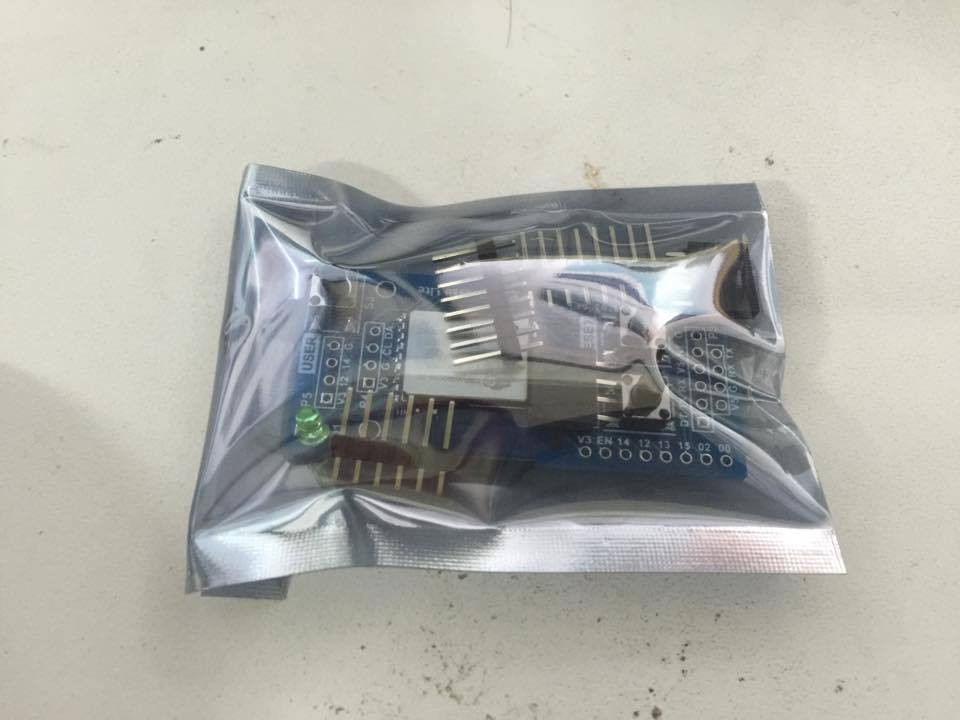
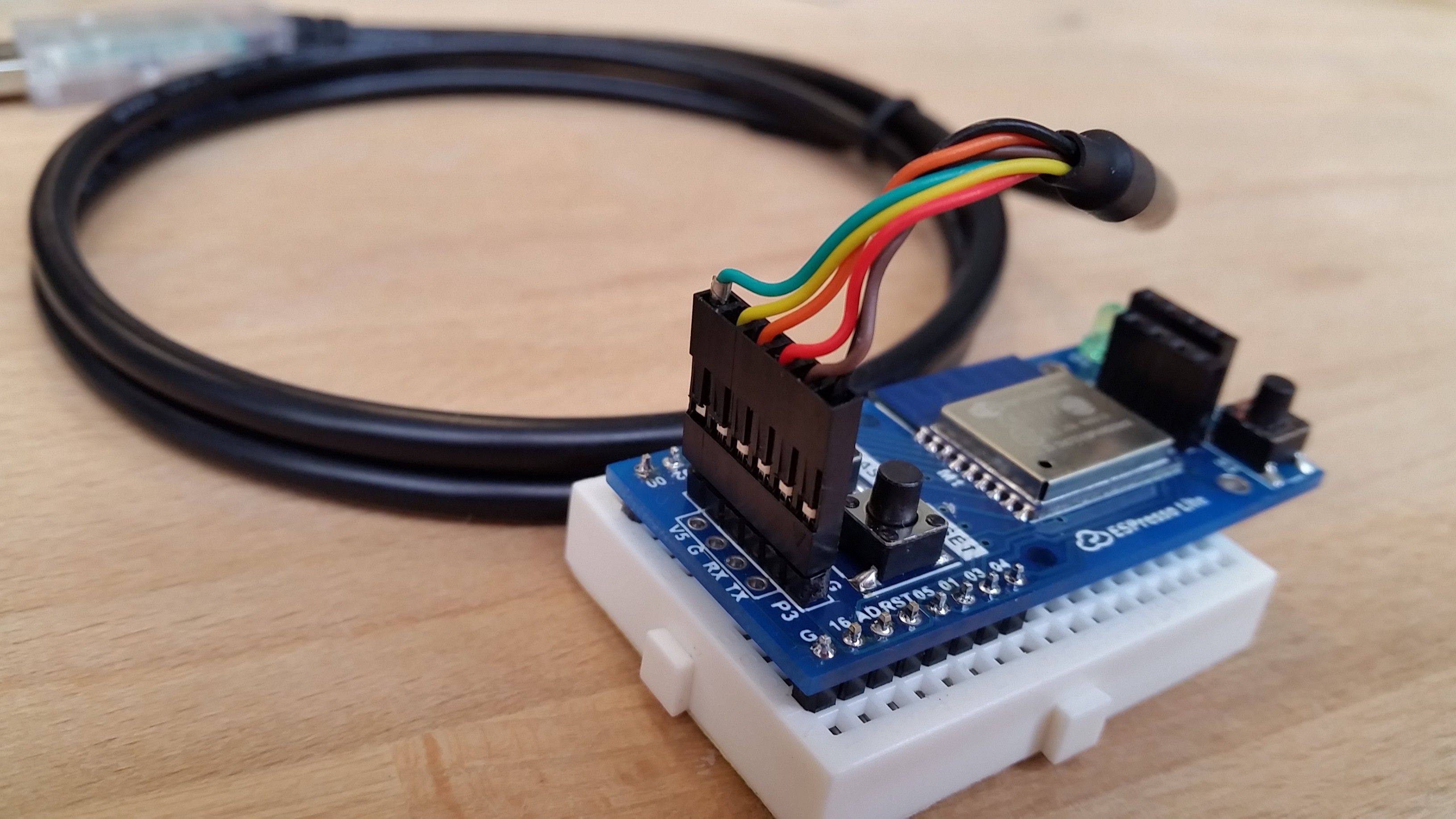
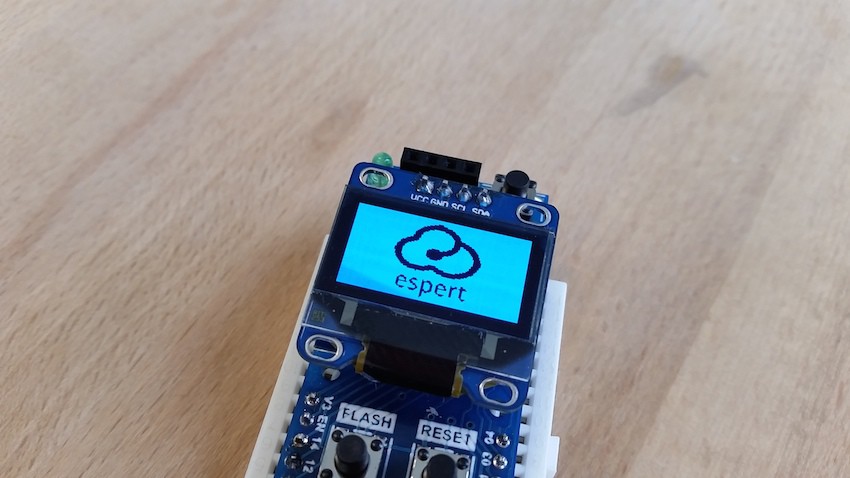
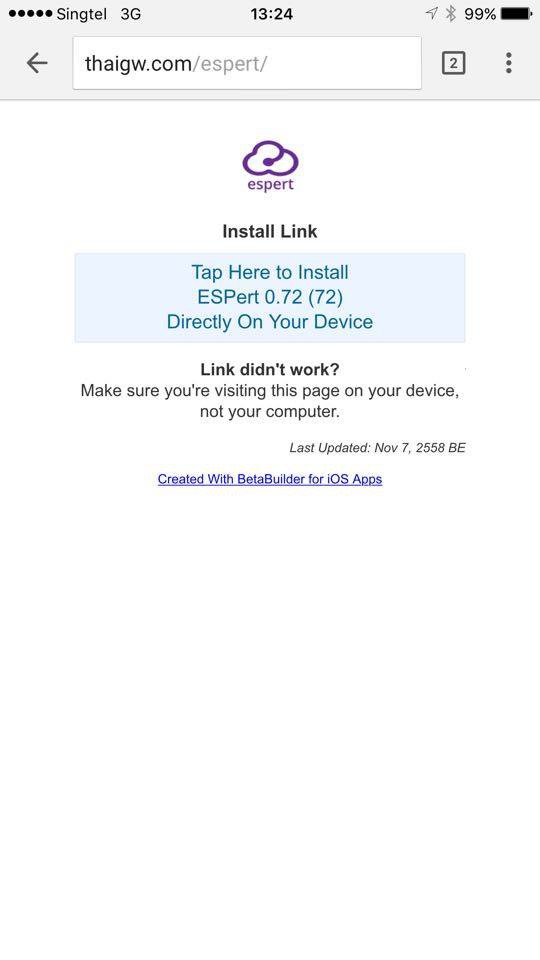
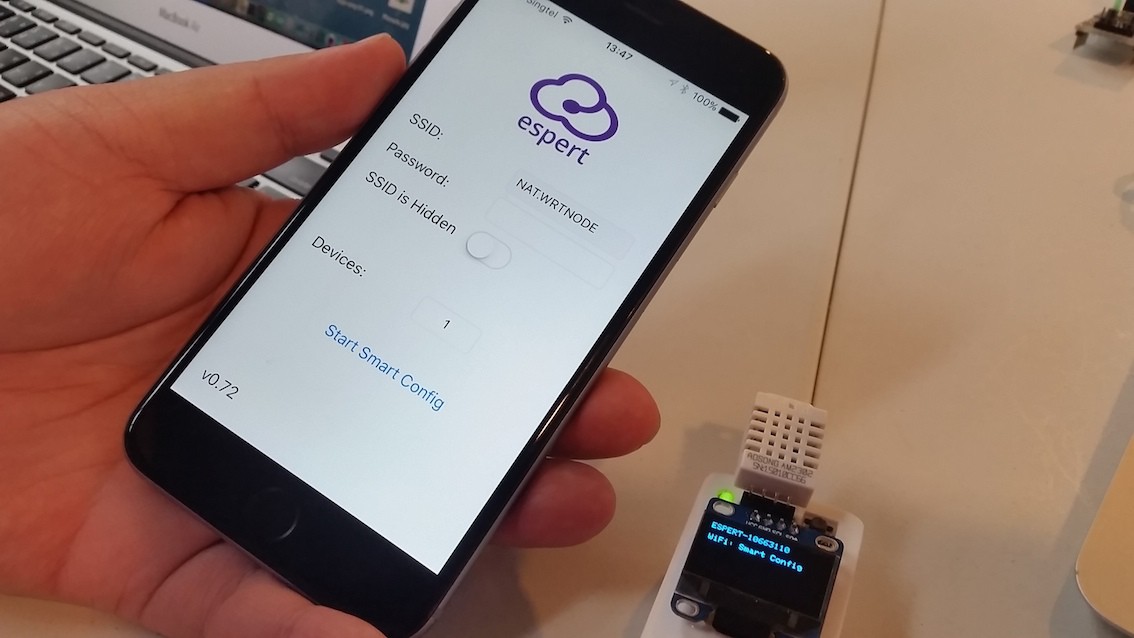
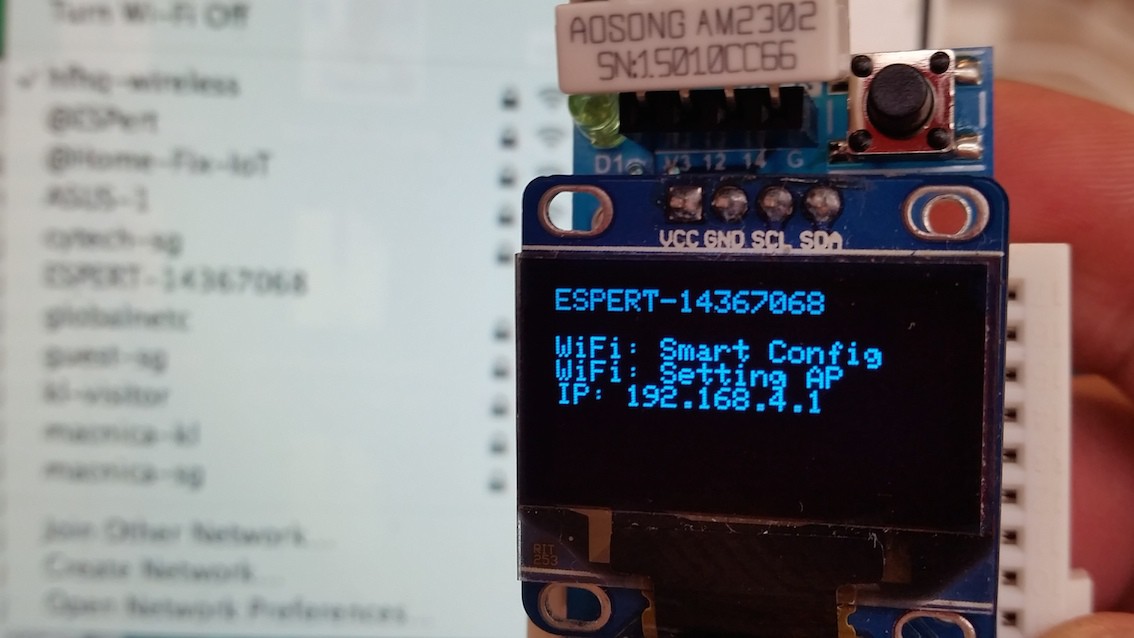
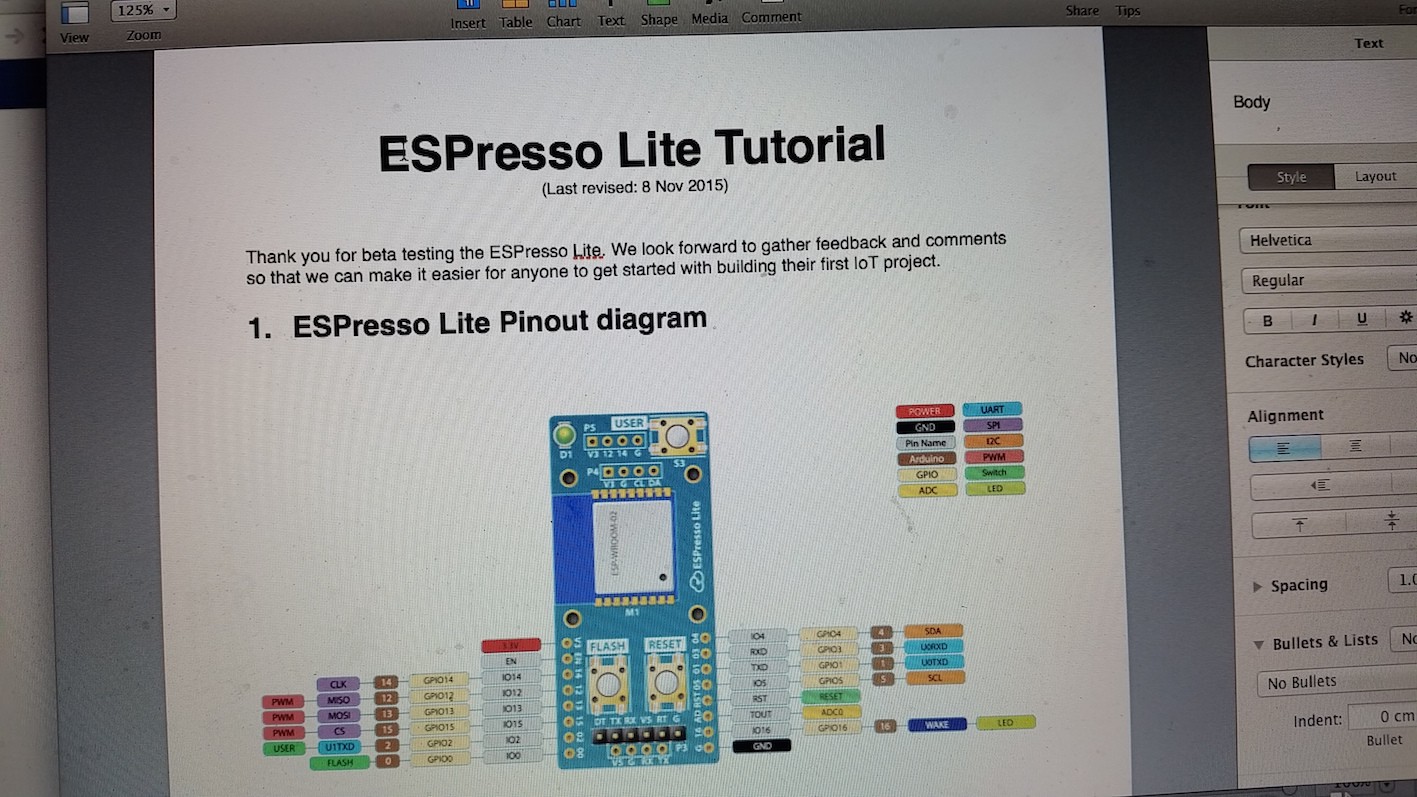
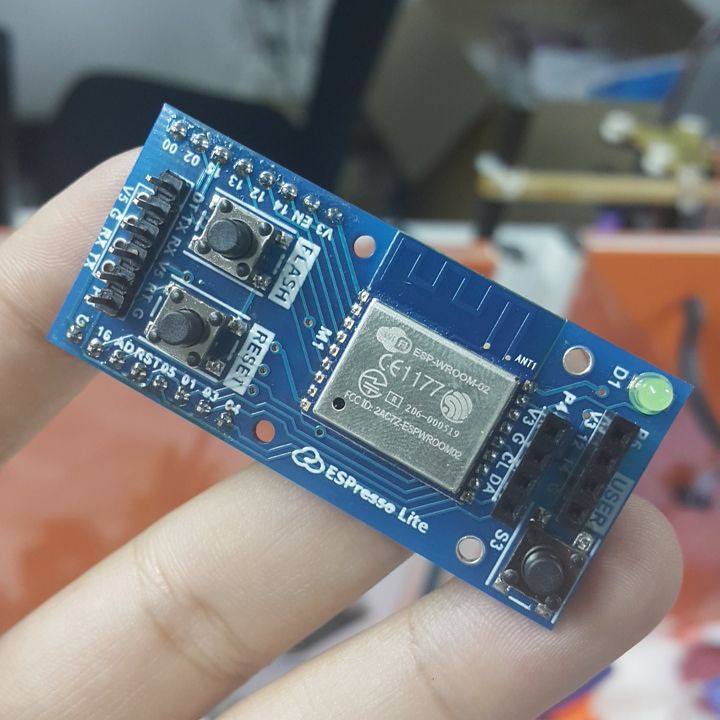
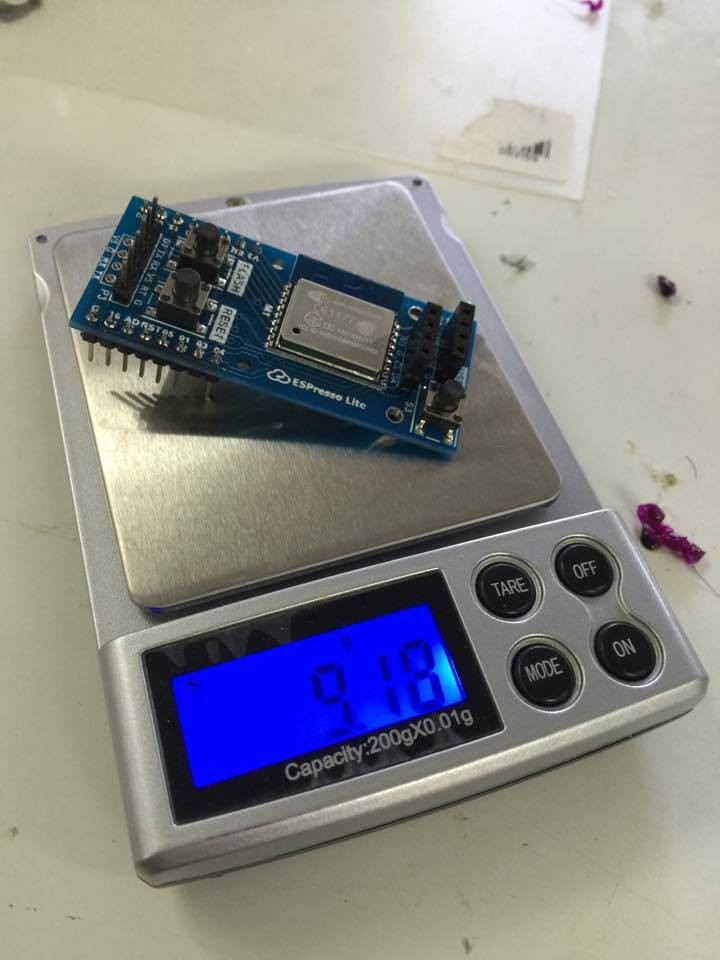
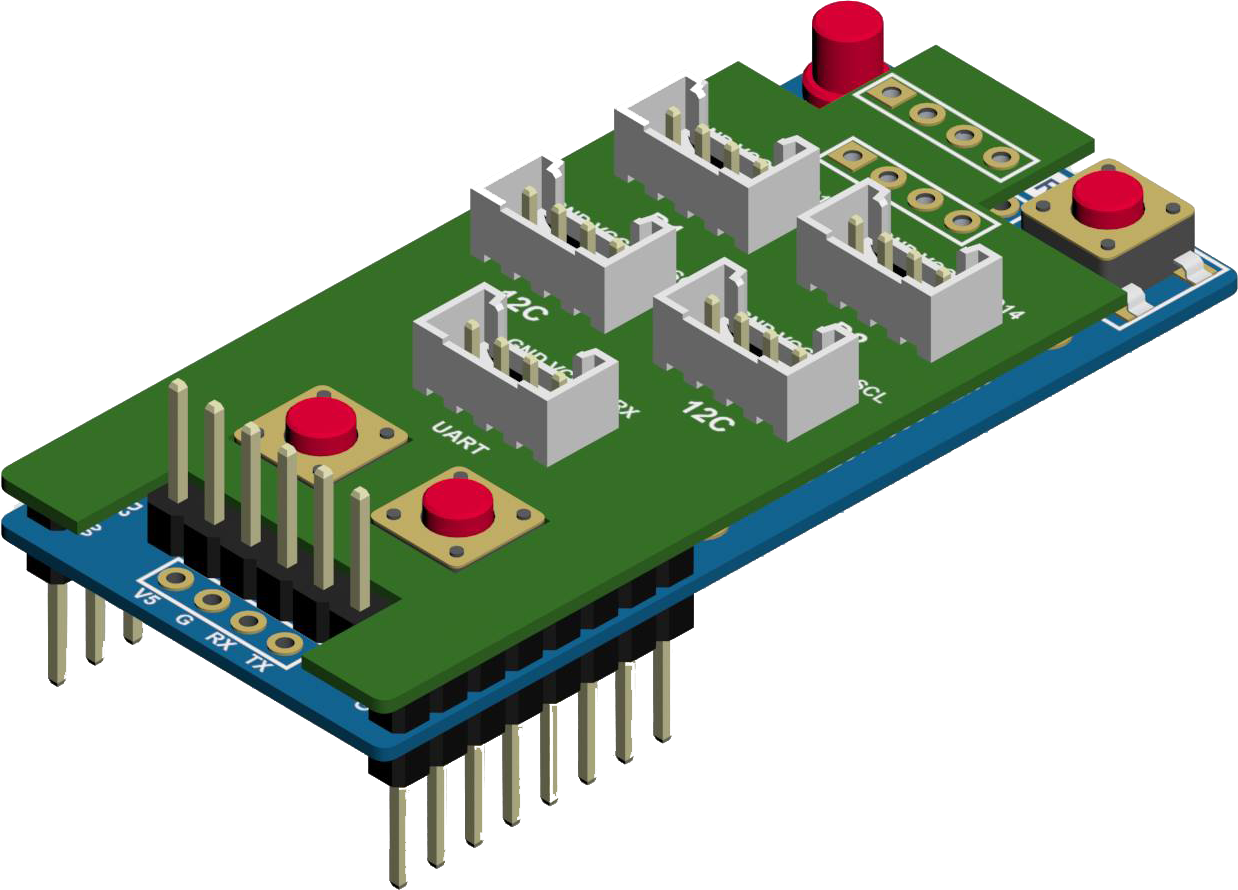
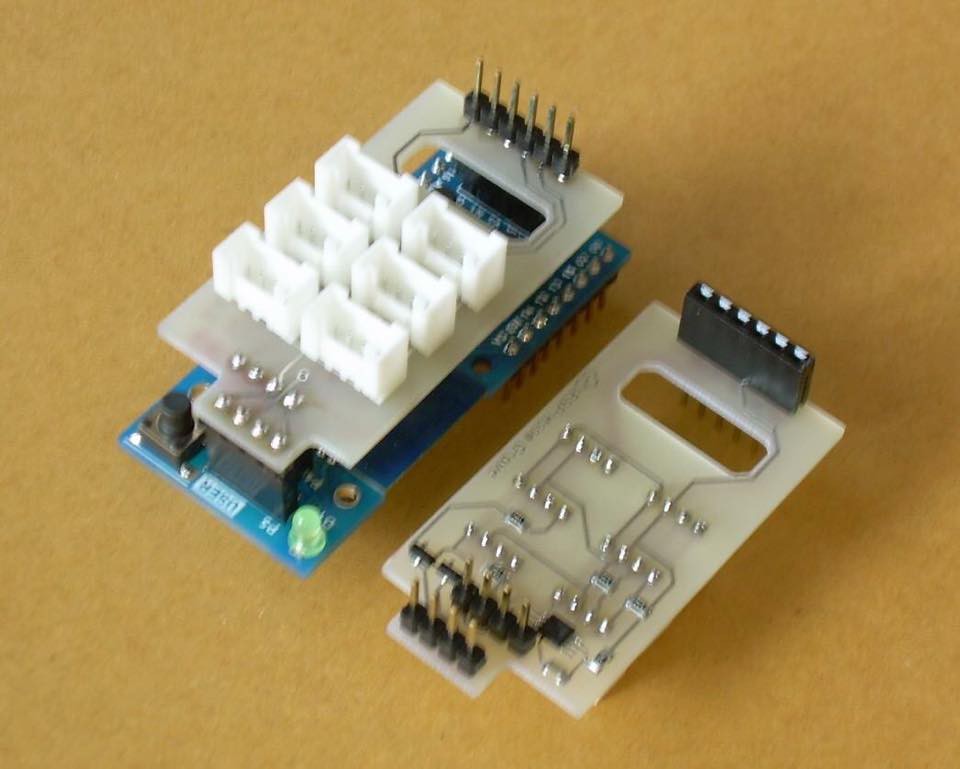
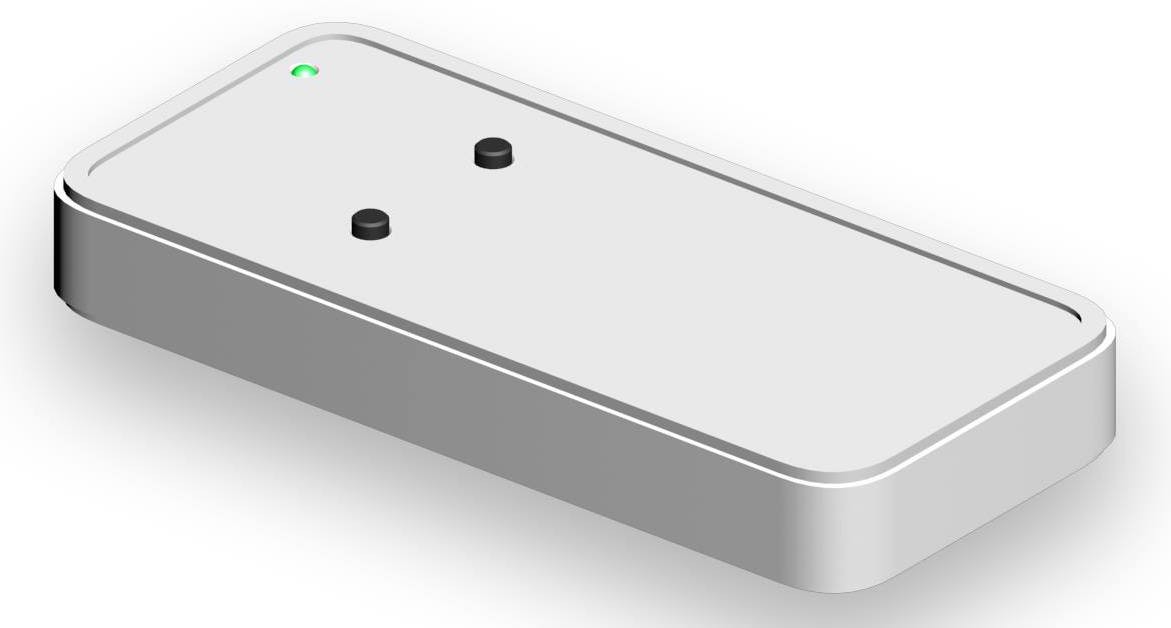
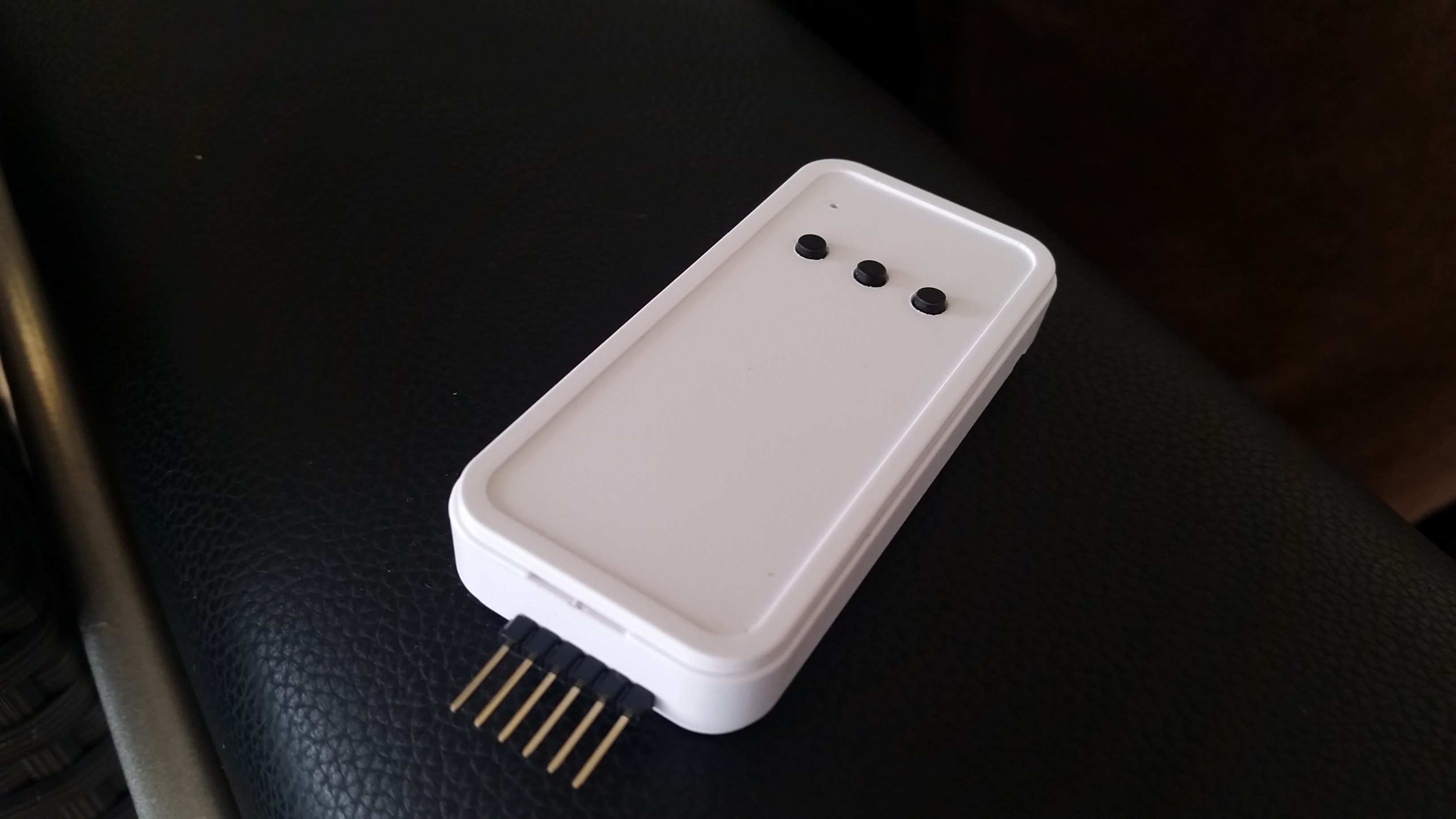
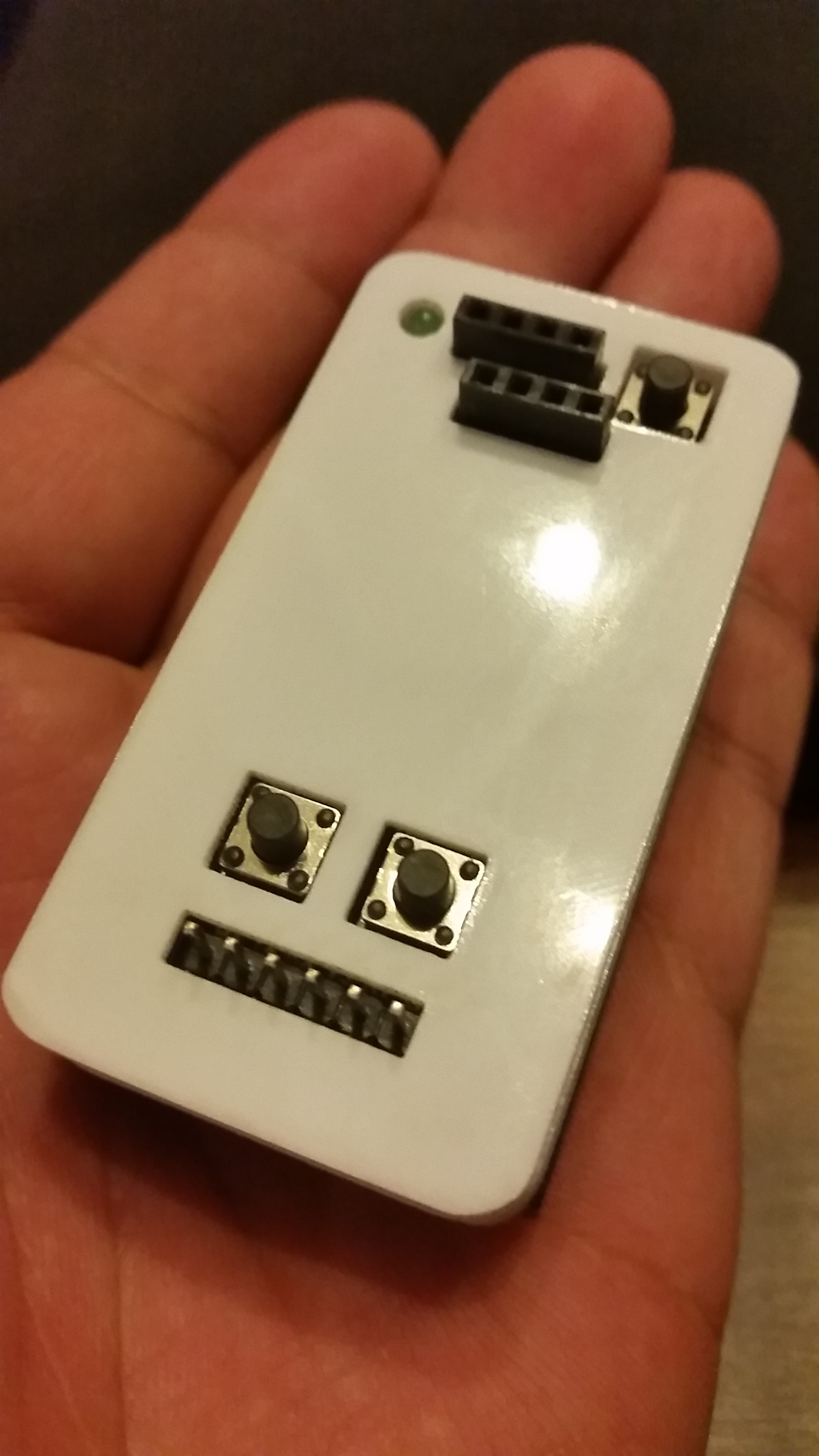 The use of laser-cut acrylic sheets allow us to extend the range of colours we can have on the casing as well as to provide a low-cost alternative where makers can make their own. The pins while looking aesthetically unsightly can be easily removed should the ESPresso Lite is used as a production board for specific solutioning purposes. We will leave it to makers as to how best they utilize and maximize its functions.
The use of laser-cut acrylic sheets allow us to extend the range of colours we can have on the casing as well as to provide a low-cost alternative where makers can make their own. The pins while looking aesthetically unsightly can be easily removed should the ESPresso Lite is used as a production board for specific solutioning purposes. We will leave it to makers as to how best they utilize and maximize its functions.